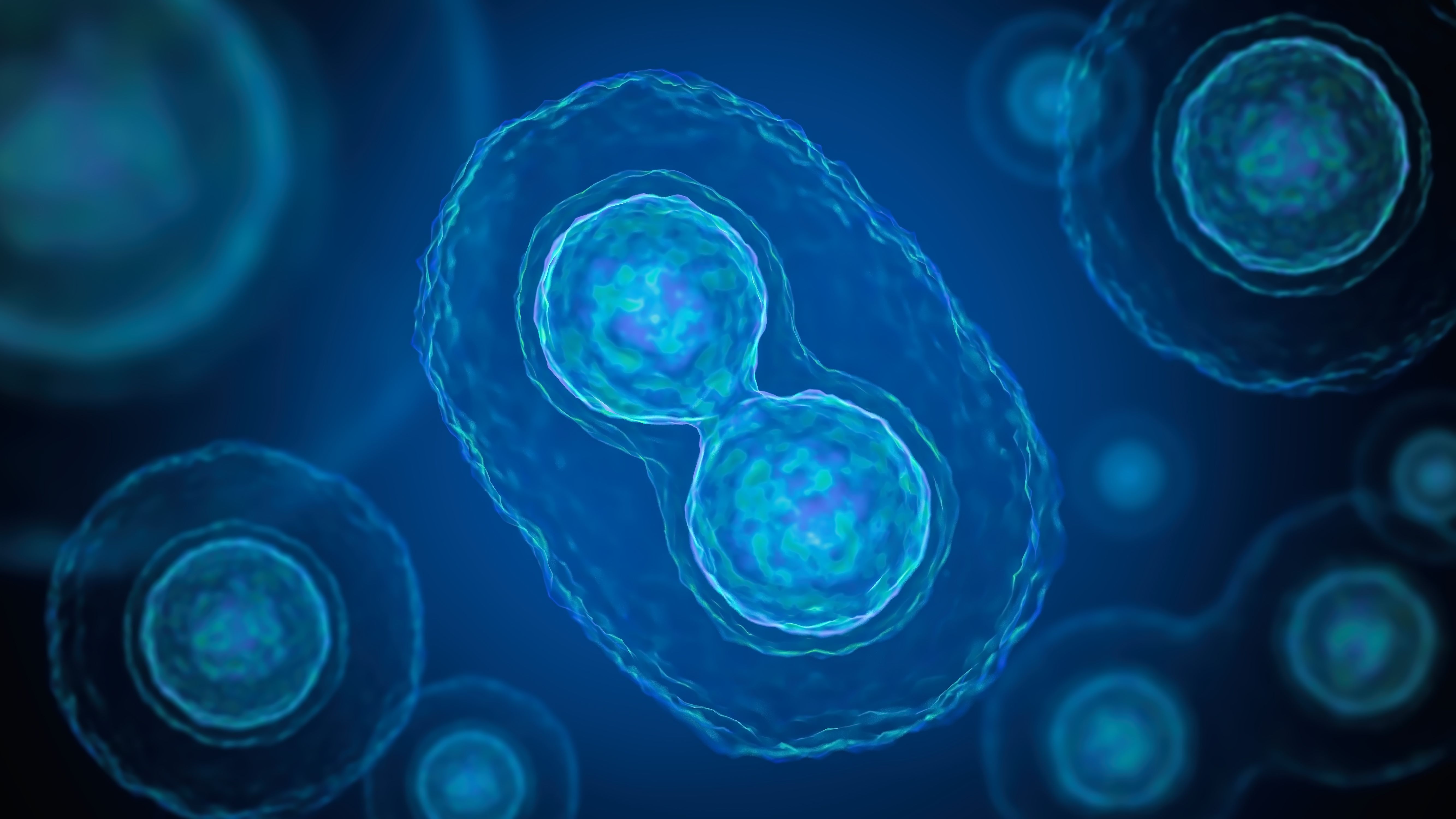Article Highlights
- Omics studies offer a comprehensive understanding of organisms by analyzing molecular components across biological levels.
- Key omics studies include metabolomics, lipidomics, and proteomics, focusing on metabolites, lipids, and proteins, respectively.
- A recent study by Auburn University led by Ahmed M. Hamid explored the significance of omics studies in understanding biological functions, particularly emphasizing the role of liquid chromatography and mass spectrometry.
- The study discusses challenges in compound identification and proposes ion mobility as a promising technique, along with theoretical tools for predicting compound characteristics, aiming to enhance accuracy and efficiency in omics studies.
Omics studies provide a holistic view of living organisms by examining their molecular components and interactions across different biological levels (1). These approaches contribute to our understanding of fundamental biological processes, disease mechanisms, ecosystem dynamics, and potential applications in biotechnology, personalized medicine, and environmental conservation. Several studies have explored the importance of omics studies in learning more about living organisms, especially in aquatic environments (1–5).
Three of the main omics studies are metabolomics, lipidomics, and proteomics. Metabolomics focuses on the identification and quantification of metabolites in a biological sample (6). Lipidomics explores cellular lipids based on analytical chemistry principles (7), and proteomics looks at proteins and their cellular activities.
A recent study out of Auburn University delved into the significance of omics studies in unraveling the intricate mechanisms within living organisms. Led by Ahmed M. Hamid, the research team explored the current theoretical and experimental approaches in omics studies that are contributing to our knowledge of the biological functions of living organisms (8). Their review was published in the Journal of Mass Spectrometry.
The researchers opened up their article by talking about the importance of liquid chromatography (LC) and mass spectrometry (MS) in revealing key structures of compounds. However, the researchers noted that although LC and MS have been effective, the prediction models for parameters like retention time and fragmentation pattern, crucial for these techniques, have some limitations (8).
To address these challenges, the research team explained that ion mobility has emerged as a promising technique. By determining collision cross section (CCS) values, which indicate the shape and size of compounds, ion mobility can provide a unique fingerprint for each compound, elucidating more information from the compounds under study (8).
Compound identification can benefit from accurate CCS values. Because these values can serve as a filter for potential analyte structures, they can help improve compound identification (8). These values can be obtained experimentally through calibrant-independent and calibrant-dependent approaches (8). However, the availability of CCS references from standards is limited, necessitating time-consuming experimental measurements (8).
To overcome these limitations, researchers have employed theoretical tools for predicting CCS values (8). These tools encompass computational and machine modeling approaches, facilitating both untargeted and targeted analyses.
Furthermore, the study addresses potential mitigation methods for the limitations associated with experimental and theoretical approaches (8). By investigating these methodologies, the research aims to enhance the accuracy and efficiency of compound identification in omics studies, thereby advancing our understanding of biological mechanisms at a molecular level.
References
(1) Abdel-Aziz, M.I.; Neerincx, A.H.; Vijverberg, S.J.; et al. Omics for the Future in Asthma, Seminars in Immunopathology. Vol. 42. Springer; 2020, pp. 111–126.
(2) Cevallos-Cevallos, J.M.; Reyes-De-Corcuera, J.I.; Etxeberria, E.; et al. Metabolomic Analysis in Food Science: A Review. Trends Food Sci. Technol. 2009, 20 (11–12), 557–566. DOI: 10.1016/j.tifs.2009.07.002
(3) Hosseinkhani, S.; Aazami, H.; Hashemi, E.; et al. The Trend in Application of Omics in Type 2 Diabetes Researches; A Bibliometric Study. Diabetes Metab. Syndr. Clin. Res. Rev. 2021, 15 (5), 102250. DOI: 10.1016/j.dsx.2021.102250
(4) Nam, S.-E.; Bae, D.-Y.; Ki, J.-S.; et al. The Importance of Multi-omics Approaches for the Health Assessment of Freshwater Ecosystems. Mol. Cell. Toxicol. 2023, 19 (1), 3–11. DOI: 10.1007/s13273-022-00286-2
(5) Xu, L.; Pierroz, G.; Wipf, H.M.-L.; et al. Holo-omics for Deciphering Plant-Microbiome Interactions. Microbiome 2021, 9 (1), 69. DOI: 10.1186/s40168-021-01014-z
(6) Idle, J. R.; Gonzalez, F. J. Metabolomics. Cell Metab. 2007, 6 (5), 348–351. DOI: 10.1016/j.cmet.2007.10.005
(7) Yang, K.; Han, X. Lipidomics: Techniques, Applications, and Outcomes Related to Biomedical Sciences. Trends Biochem. Sci. 2016, 41 (11), 954–969. DOI: 10.1016/j.tibs.2016.08.010
(8) Kartowikromo, K. Y.; Olajide, O. E.; Hamid, A. M. Collision Cross Section Measurement and Prediction Methods in Omics. J. Mass Spectrom. 2023, 58 (9), e4973. DOI: 10.1002/jms.4973
